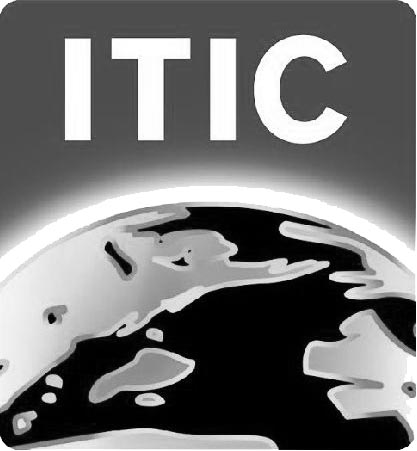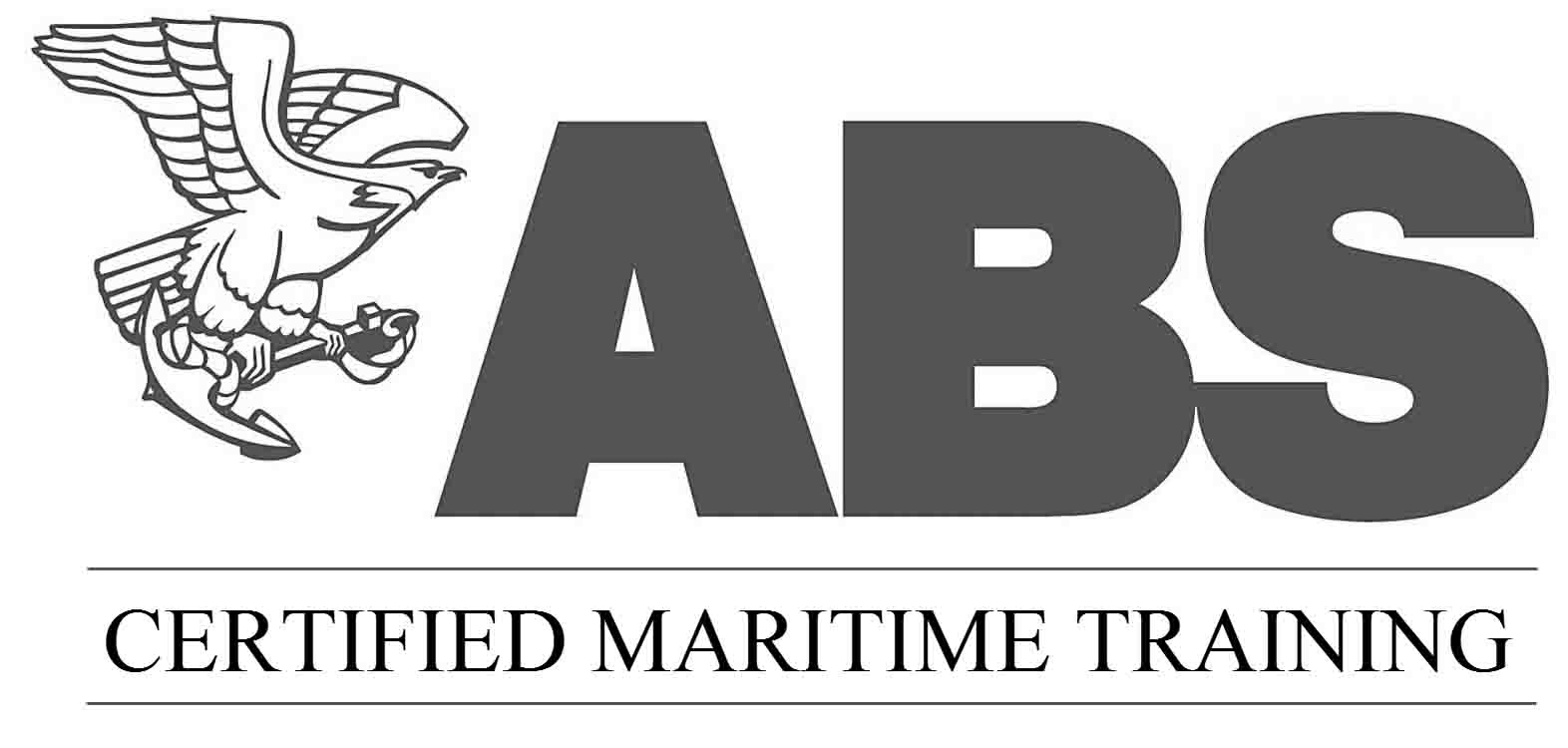Ship-to-Ship post assessment knowledge and best practices - Safety Related Awareness
05-09-2017
Ship-to-Ship post assessment knowledge and best practices
Safety Related Awareness
?
Is Safety a fragment of the tanker sector competition?
The tanker industry is a highly competitive market similar to other sectors where demand of charter and offer of tonnage are part of the equation. But are safety related matters parameters of the same equation or are minimum safety requirements taken for granted for all competitors? Past incident data, involving vessels and the human element, not necessarily substandard, have resulted in more stringer regulations or inspection practices emerging either from statutory or commercial bodies.
An incident or bad practice in Ship-to-Ship does not benefit the industry.
The reason is simple. Any incident may increase the burden from the stakeholder whose reputation might be highly affected. Usually such stakeholders are those who have a global operational appearance along with high quality standards. It can be a ship owner, an STS service provider, a cargo owner, a charterer or a trader.
?
Weather conditions deteriorated during an STS operation, resulting in all mooring lines breaking down, apart from the aft spring line. Could such an incident affect your STS operations?
The solution is sharing Ship-to-Ship best practices amongst those who comprise the final barrier in safety.
Those are the Masters and their crews. In order to benefit from such knowledge sharing, they should be aided by sophisticated internal procedures, supported by the involved STS service providers, and rewarded by their charterers and cargo owners. Any prudent organization would benefit from the sharing of knowledge in Ship-to-Ship transfers, regardless its operational size. The needed ?Safety culture? fits in any organization who would benefit from Ship-to Ship best practices.
The role of DYNAMARINe and its onlineSTS.net service
The onlineSTS.net platform provides access to Ship-to-Ship best practices and disseminate those through a transparent procedure to its clients. The platform operates 24/7, it covers more than 200 identified STS locations and delivers assessment of the Ship-to-Ship elements to the Master and tanker owner for their final review. The onlineSTS.net service collects post feedback data from the participating organizations and delivers the statistical output. Commercial aspects are sanitised.

More than 200 STS Locations identified globally
Focusing on the human element and organization procedures
Ship-to-Ship procedures and the human element are the major factors in the risk analysis. Procedures should consider the causal factors as presented at the latest OCMF/ICS/SIGTTO/CDI STS guidelines (2013) and Marpol chapter 8 of Annex 1. Some causal factors are directly linked to crew experience or STS service provider expertise such as Inadequate crew training, inadequate crew experience, Large roll angles, Inadequate equipment inspection testing and maintenance, Inadequate compatibility study, inadequate incident management, Inadequate fendering etc.
It is therefore necessary for the tanker operator to have direct access to information and past experience in order to be able to assess such factors. Since the Master is solely responsible for the operation, the Master is the last barrier of safety.

The Master has the final responsibility and is the final frontier for safety
What is the role of the STS Service Provider?
The level of expertise of the service provider and the POAC is of paramount importance. Currently there are about 60 organizations operating worldwide as STS service providers and not all of them have the organizational level according to all four stages of the OCIMF ?Ship to Ship Service Provider Management? Self-assessment. Are there any minimum standards that these organizations should bare? Is there a base line on their self-assessment? What are the minimum expected requirements from those organizations, from the tanker owner perspective? ?
These are questions that will be presented at the STS Forum IFSTS 2017. Be part of it.
?



